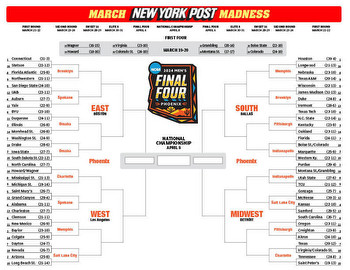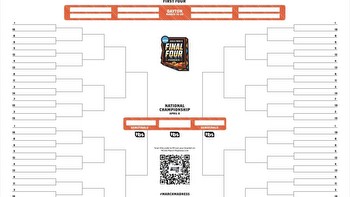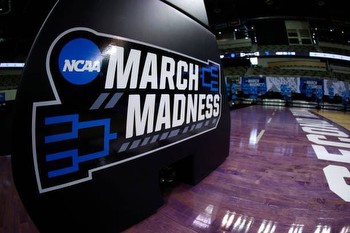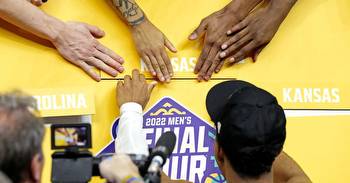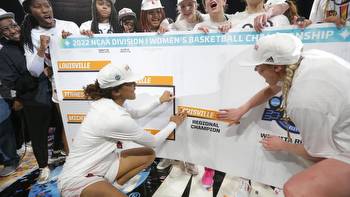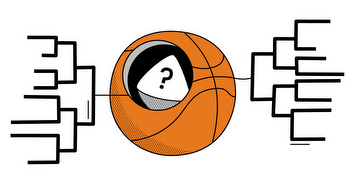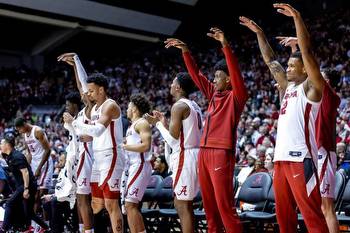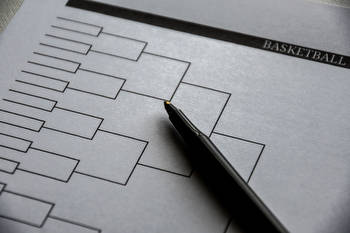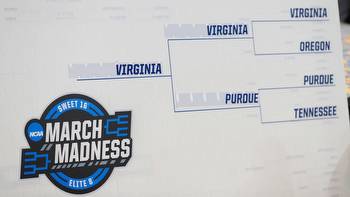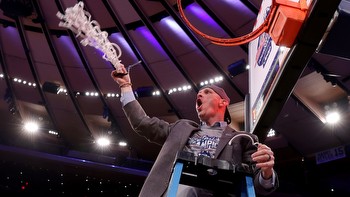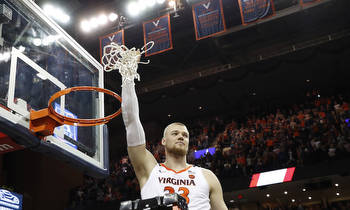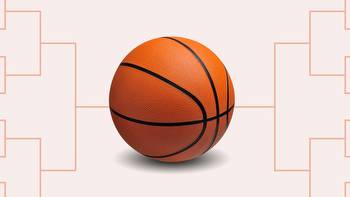A beginner’s guide on how to fill out an NCAA Tournament bracket: The basics, tips and trends

It is estimated that in a given year, somewhere between 60 and 100 million people will fill out an NCAA men’s basketball tournament bracket, and it’s not just the hardcore fans doing it. March Madness is one of the most interactive sporting events in the country and doesn’t require a deep level of knowledge of the game — or really any knowledge — to get involved in the fun.
If you’ve never filled out an NCAA bracket before — or don’t have a lot of college basketball experience — and are looking to get involved this year, here are some important tips on how to get yourself started.
Important note to start out with: This is not geared toward college basketball fans or experienced bracket experts. It is for people new to the experience and looking to get their start. Yes, they do exist, and yes, they are welcome to join in the fun.
The basics
The NCAA men’s basketball tournament comprises 68 teams (32 automatic bids representing the conference champions and 36 at-large bids) and will involve 67 single-elimination games throughout the tournament, including the First-Four “play-in” games and then the remaining six rounds.
Your goal is simply to pick the winner of each game and ultimately end up with the championship team at the end.
The tournament is divided into four regional brackets, each consisting of 16 teams seeded No. 1 through No. 16. The highest seed plays the lowest seed in each round and follows a set bracket throughout the tournament.
The brackets do not re-seed after each round.
Your bracket will not be perfect and picking the eventual champion is not easy, even for experienced college basketball fans. So don’t get frustrated when your picks don’t pan always pan out.
The highest seeds generally win
Not only do the higher seeds win their individual matchups, they also tend to win the whole thing.
Since the tournament expanded to 64 teams in 1985, No. 1 seeds have won the overwhelming majority of championships. No. 1 seeds have accounted for 24 of the 38 championships since then (63 percent), while No. 2 seeds have won five and No. 3 seeds have won four.
That means 33 of the past 38 tournaments have been won a by a top-three seed. That is nearly 87 percent.
Only three tournaments since then have been won by a No. 5 seed or lower, and the lowest seed team to win it was a No. 8 seed (Villanova in 1985).
You will still have upsets
While simply picking the highest seeds can produce some results for you, there will always be upsets in the tournament. Some are bigger than others.
The toughest upsets to get are in the No. 1 vs. 16 games (only twice in the history of the tournament) and the No. 2 vs 15 games (only 11 times), so you usually want to avoid picking those. The odds are stacked against you, and you might be throwing away a potential champion early on for no reason.
On average, there are eight upsets per year throughout the tournament where a lower-seeded team wins. There are rarely less than five. There are rarely more than 12. Keep that in mind when filling out a bracket. Ten upsets is usually a safe sweet spot to aim for.
There is also usually at least one No. 12 or No. 13 seed that advances every year, so it makes a lot of sense to mix in one of those in the No. 5 vs. 12 and No. 4 vs. 13 matchups.
While those teams tend to pull off early round upsets, they do not generally advance beyond the Sweet 16 or Elite 8.
Trust the big-name teams
Along with being dominated by higher seeds, you tend to see the same big-name programs cutting down the nets at the end of the tournament.
Since 1985, the 38 tournaments have been won by just 19 different teams. Twenty-three of the 39 tournaments have been won by just Connecticut, Duke, Kansas, Kentucky, North Carolina and Villanova.
With the exception of Villanova, all of those teams are among the best in the country again this season and will be among the top seeds in their respective brackets. It is reasonable to think one of them could add to their championship legacy this spring.
It might be boring to pick them. You might hate doing it. But it is not dumb.

